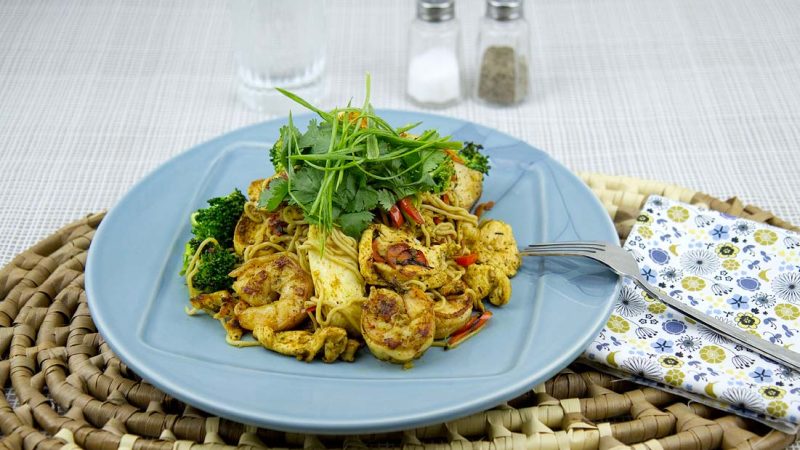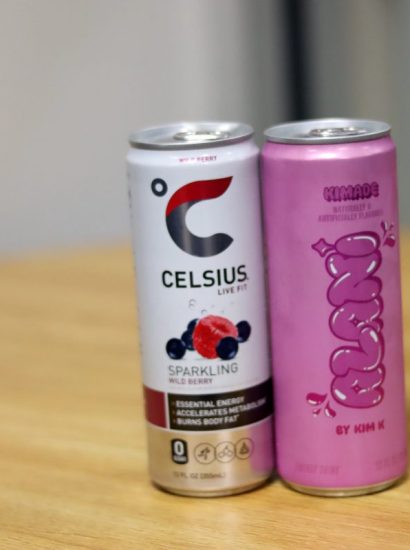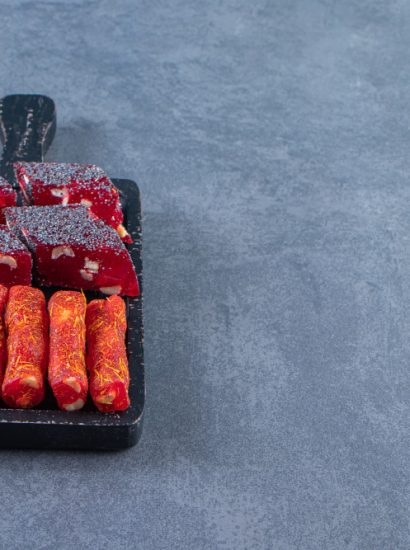Shirataki noodles are translucent, gelatinous noodles made from the konjac yam (also known as the elephant yam or konnyaku). Originating in Japan, these noodles have been a staple in Asian diets for centuries and are revered for their exceptionally low calorie and carbohydrate content.
The word “Shirataki” literally means white waterfall, a reference to the noodles’ appearance. These noodles are made primarily from glucomannan, a soluble dietary fiber that expands in your stomach and helps you feel full without consuming excess calories.
Shirataki noodles have gained global popularity, especially among those following low-carb, keto, diabetic, gluten-free, or calorie-restricted diets. Their rise in Singapore is tied to growing health awareness and the popularity of clean eating in urban lifestyles.
Why Shirataki Noodles Are a Game-Changer for Healthy Diets
In Singapore’s fast-paced, food-loving culture, making healthy choices can often feel like a trade-off between nutrition and flavor. Shirataki noodles, however, allow you to enjoy your favorite noodle dishes without the guilt.
Key benefits:
- Virtually zero calories and carbs: Ideal for weight management, keto, and diabetic diets.
- High in fiber: Glucomannan promotes digestive health and satiety.
- Gluten-free: Perfect for people with gluten intolerance or celiac disease.
- Vegan and plant-based: 100% natural, with no animal products or preservatives.
- Versatile: Absorbs the flavor of sauces and broths, making it suitable for both Asian and Western recipes.
Shirataki noodles are an excellent substitute for rice noodles, pasta, and even rice itself in many local Singaporean dishes — from laksa to stir-fried noodles.
Where to Buy Shirataki Noodles in Singapore
Shirataki noodles are increasingly accessible across Singapore. Whether you prefer to shop online or in physical stores, there are many ways to get your hands on them.
Top Places to Buy:
- FairPrice, Cold Storage, and Sheng Siong: These supermarkets often carry shirataki noodles in their health or international sections.
- Specialty Health Stores: Look for Nature’s Glory, Little Farms, or SuperNature.
- Online Marketplaces: Lazada, Shopee, and RedMart offer various brands like Miracle Noodles, House Foods, and Zero Noodles.
- Japanese or Korean Grocers: Stores like Don Don Donki or Meidi-Ya often stock authentic Japanese shirataki in the refrigerated aisle.
Prices typically range from SGD $2 to $6 per pack, depending on the brand and portion size. Shelf-stable or dry versions are also available for long-term storage.
How to Prepare and Cook Shirataki Noodles
If you’re trying Shirataki for the first time, preparation is key. These noodles come pre-packaged in water and may have a slightly fishy smell due to the konjac root, which disappears after rinsing.
Step-by-Step Preparation:
- Drain the noodles from the package.
- Rinse thoroughly under cold water for 1–2 minutes.
- Boil for 2–3 minutes to further eliminate odor and soften the texture.
- Dry-fry them in a non-stick pan without oil for 3–5 minutes to improve texture and help absorb sauces better.
Once prepped, shirataki noodles can be used in a variety of dishes:
- Stir-fries
- Soups (like miso, tom yum, or chicken broth)
- Pasta-style dishes with tomato or cream sauce
- Cold salads with sesame dressing
With just a few steps, you can turn this humble noodle into a gourmet dish.
Delicious Shirataki Recipes for Singaporean Tastes
Singaporeans love bold flavors, and shirataki noodles are a great canvas for local and international cuisines.
Try These Guilt-Free Recipes:
- Low-Carb Laksa Shirataki
Use coconut milk, sambal, tofu puffs, prawns, and shirataki for a keto-friendly version of this Peranakan favorite. - Shirataki Char Kway Teow
Stir-fry shirataki noodles with eggs, bean sprouts, garlic, and dark soy sauce for a healthier take on the hawker classic. - Shirataki Pad Thai
Mix tamarind paste, lime juice, fish sauce, and peanuts with shirataki for a tangy Thai-inspired treat. - Shirataki Soup Noodles
Simmer with chicken stock, mushrooms, bok choy, and egg for a comforting and light meal. - Italian Shirataki Bolognese
Toss in a slow-simmered tomato-meat sauce for a Western-style low-carb dinner.
By replacing rice or wheat noodles with shirataki, you can recreate your favorite dishes with less guilt and better nutrition.
Shirataki Noodles for Weight Loss and Diabetes Management
One of the biggest appeals of shirataki noodles is their support for weight loss and blood sugar control.
How Shirataki Helps:
- Low Glycemic Impact: Shirataki noodles won’t spike blood sugar, making them ideal for diabetics.
- Promotes Fullness: The glucomannan in shirataki expands in your stomach, reducing appetite and snacking.
- Calorie Control: With near-zero calories, they let you eat large, satisfying portions without overindulging.
- Improved Digestion: The soluble fiber supports gut health and regularity.
Studies have also suggested that glucomannan may support healthy cholesterol levels, making shirataki a functional food choice for those focused on holistic health.
The Environmental & Ethical Benefits of Shirataki
Beyond personal health, shirataki noodles are also an eco-conscious and ethical food choice.
- Plant-based: Ideal for vegan and vegetarian lifestyles.
- Minimal processing: Often made with just water, konjac, and calcium hydroxide (a natural preservative).
- Low environmental footprint: Konjac farming requires fewer resources compared to wheat or rice cultivation.
- Long shelf life: Reduces food waste, especially in shelf-stable formats.
As the demand for sustainable food options grows in Singapore, shirataki fits the bill for environmentally and ethically aware consumers.
Conclusion
If you’re ready to make smarter food choices without sacrificing flavor or variety, Shirataki noodles are the perfect fit. Whether you’re watching carbs, managing diabetes, or just aiming for a healthier lifestyle, these guilt-free noodles make it easier than ever to eat well.
Singaporeans today are balancing busy lifestyles with a growing awareness of what they consume. Shirataki aligns with this movement — easy to cook, satisfying to eat, and powerful in nutritional benefits.
So next time you’re craving noodles, reach for Shirataki — the smarter, healthier alternative that lets you indulge without compromise.
FAQs
1. Are shirataki noodles available in local supermarkets in Singapore?
Yes! You can find shirataki noodles at FairPrice, Cold Storage, Don Don Donki, and most online marketplaces like RedMart and Shopee.
2. Do shirataki noodles taste like regular noodles?
Shirataki noodles have a slightly different texture — they’re springier and more gelatinous. However, they absorb sauces well and take on the flavor of the dish.
3. Are shirataki noodles safe to eat every day?
Yes. They’re made from konjac root, which is natural and high in fiber. Just be sure to drink plenty of water, as glucomannan absorbs liquid in your stomach.
4. Can children eat shirataki noodles?
Absolutely! They’re safe and healthy for kids, especially as a low-carb alternative to pasta. Just make sure they’re properly prepared to ensure good texture.
5. What’s the shelf life of shirataki noodles?
Unopened packages usually last several months. Some shelf-stable versions last up to a year. Always check the expiry date and refrigerate once opened.
Also read: Hardware Society – Your Trusted Source for Tools, Supplies & DIY Essentials









